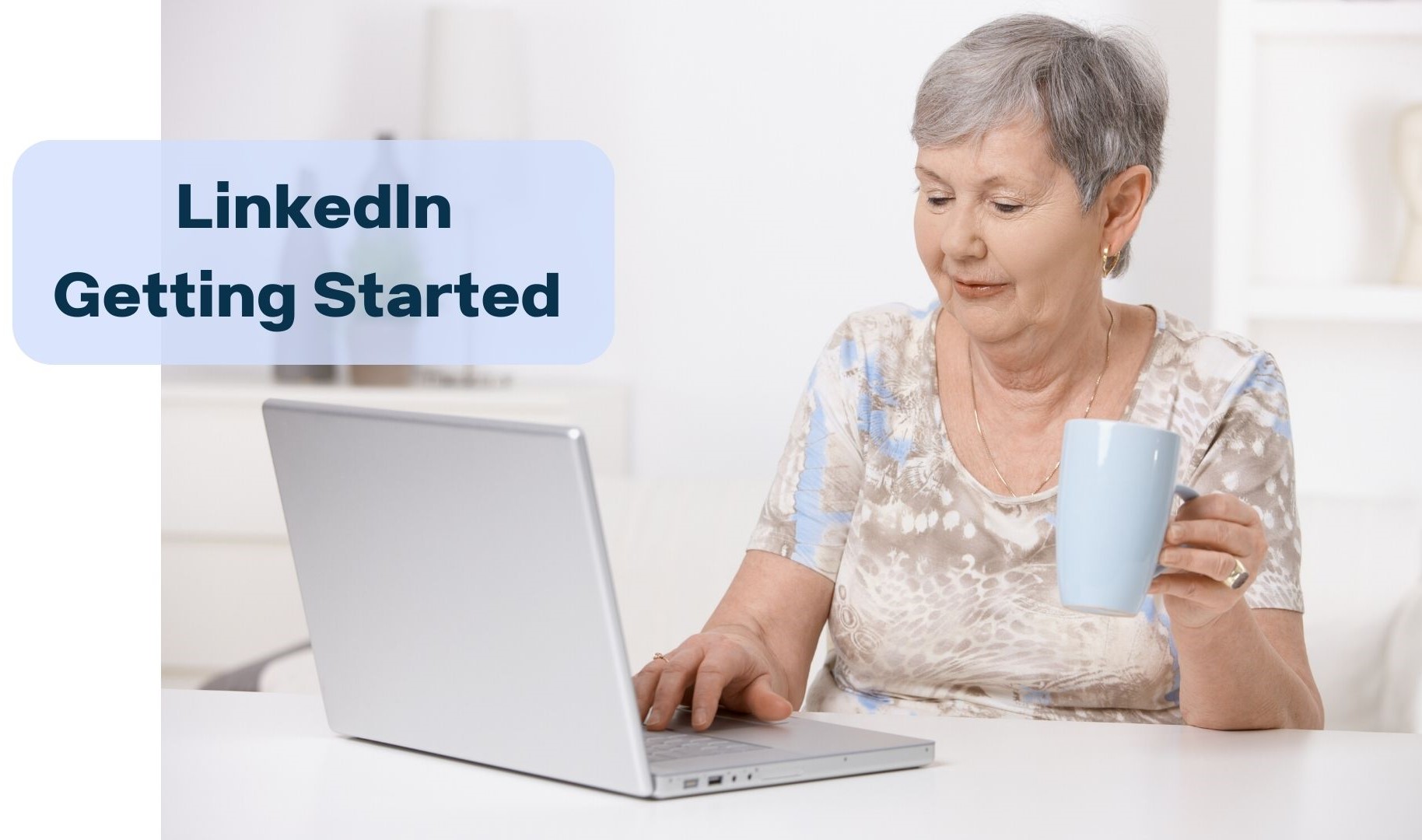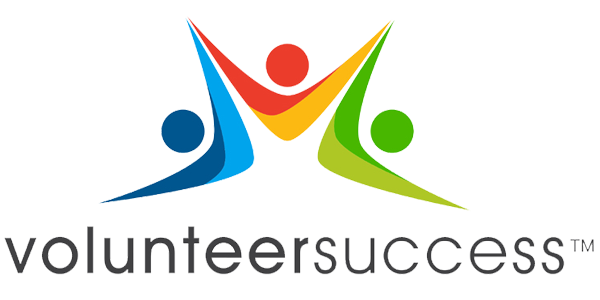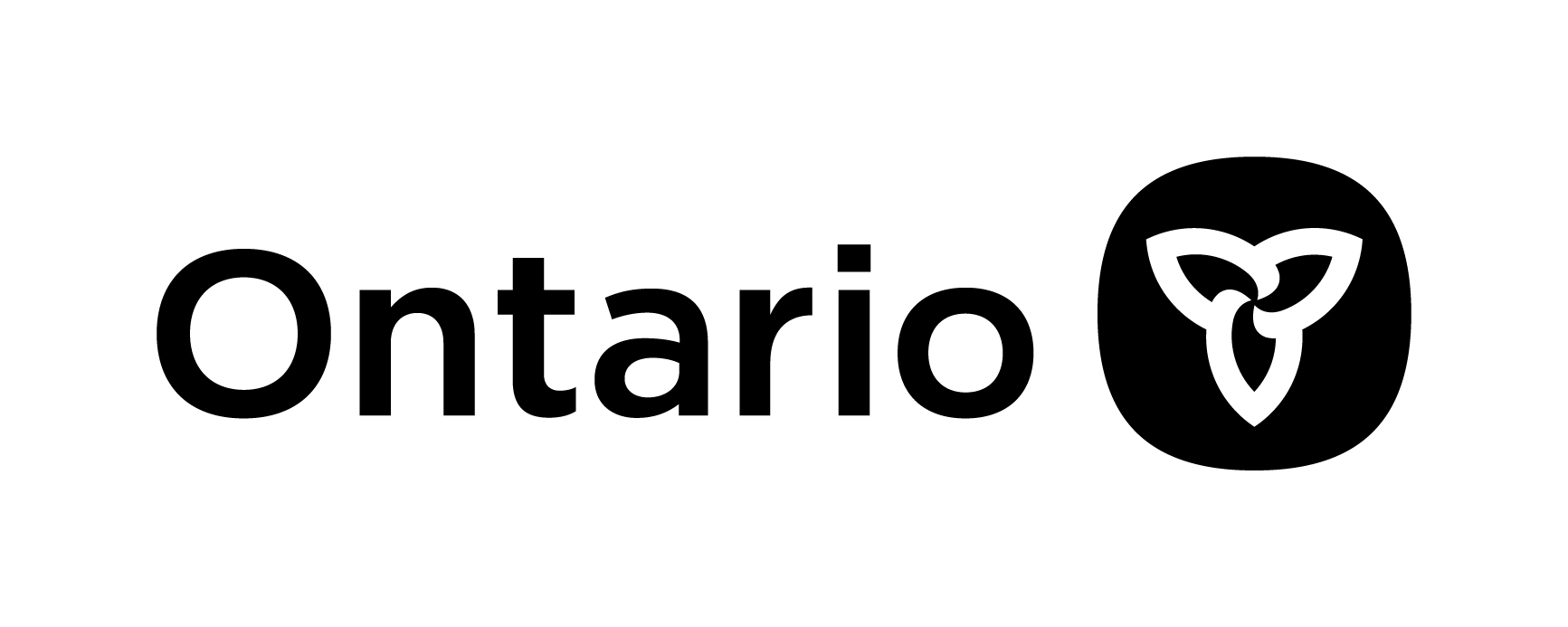

LinkedIn (“linked in”) helps you connect with people, discover opportunities, stay updated in your field, and it’s a social media platform that some organizations use to post volunteer opportunities. LinkedIn is like attending a virtual professional conference where you can interact with others in your industry or the industry you are keen to learn more about.
You can get a free basic LinkedIn membership when you create and maintain a professional profile. Setting up a LinkedIn profile is a pretty straightforward process.
If you’re new to LinkedIn, you can watch a couple of helpful tutorial videos, listed below, or here’s a step-by-step guide for you:
- Create a LinkedIn Account: Go to the LinkedIn website at it’s URL com) or find it HERE and sign up for an account. You’ll need an email address to create an account.
- Profile Setup: Create a profile that acts as your online resume — add your name, a photo, work experience, education, and skills.
- Privacy Settings: Adjust your privacy settings based on your comfort level. You can control who sees your information.
- In your profile make sure to highlights your skills, experience, and interests. Include any relevant volunteer experience you’ve had recently or in the past.
Tips for using LinkedIn to volunteer or find employment:
- Go to the LinkedIn homepage and use the search bar at the top. Enter keywords related to the type of volunteer engagement or employment you’re interested in. For example, you could search for “volunteer opportunities,” “non-profits,” or specific causes you care about.
- Explore Company Pages and Non-profit Organizations: Visit the pages of companies and non-profit organizations. Many organizations post volunteer opportunities directly on their LinkedIn pages. You can find these under the “Jobs” tab or in the organization’s posts.
- Join LinkedIn Groups: Join LinkedIn groups related to volunteerism, non-profits, or your specific field of interest. Group members often share information about volunteer opportunities.
- Filter by Location and Industry: If you have a specific location in mind, use the filters to narrow down your search. You can also filter by industry to find organizations in a particular sector.
- Express Your Interest: If you find an organization or opportunity that interests you, express your interest in a professional manner. You can do this by sending a message to the organization or by engaging with their posts.
- Use the “Volunteer Experience” Section: In the “Volunteer Experience” section of your profile, you can express your interest in volunteering. Let others know that you’re actively seeking opportunities, and specify the types of roles you’re interested in.
- Connect with People in the Non-profit Sector: Connect with professionals and influencers in the non-profit sector. Building a network in this field can open up opportunities and help you stay informed about available volunteer roles.
- Explore the “Events” section on LinkedIn. Some organizations and groups host virtual or in-person events related to volunteering, and these events may provide opportunities to connect with organizations.
- Follow Hashtags: Follow relevant hashtags like #volunteer or #nonprofit. LinkedIn will show you posts related to these hashtags, and you might come across volunteer opportunities shared by organizations. (Hashtags are a way to categorize and organize content on social media. They are words or phrases preceded by the ‘#’ symbol [e.g., #OlderAdultVolunteerRoles]. Imagine hashtags as virtual filing labels. When you add a hashtag to a post, you’re essentially tagging it with a keyword or topic. This makes it easier for people interested in that topic to find your post. Hashtags help connect people who are interested in similar things. It’s like a digital way of saying, “Hey, this post is about [insert topic], and others who like [insert topic] might enjoy it too!”)
More things you can do with LinkedIn:
- Connect with people you know. It could be friends, former colleagues, or people from your professional network. Think of it as adding professional friends.
- Explore Profiles: Visit the profiles of your connections. It’s like looking at someone’s professional history. You can see where they’ve worked, their skills, and their endorsements.
- Join Groups: Join LinkedIn groups related to your interests or industry or the industry you are wishing to learn more about. It’s like being part of a club where people discuss topics you care about.
- Share Updates: Share updates about your professional life or volunteer involvement. It could be an achievement, a project, a course you completed, or an article you found interesting. Think of it as sharing news with your professional circle.
- Endorsements: Endorse others for their skills, and they may endorse you in return. It’s like giving a virtual pat on the back for something they’re good at.
- Recommendations: Ask for and give recommendations. It’s like writing or receiving a letter of recommendation but on the internet.
- Look for volunteer or job opportunities: Many organizations post openings on LinkedIn. Applying for an opportunity is like sending an online application.
- Learn and Follow: Follow companies or organizations in your industry of interest. It’s like subscribing to newsletters that share insights and news related to your interests.
Watch a 29-minute video “LinkedIn Tutorial for Beginners – How to Use LinkedIn in 2023 (10 EASY Tips!)” or find it HERE.
Watch a 10-minute video “How To Use LinkedIn For Beginners – 7 LinkedIn Profile Tips” or find it HERE.
Watch a 17-minute video “How To Get STARTED On LinkedIn in 2023 – (Step-By-Step For BEGINNERS)” or find it HERE.
LinkedIn is a play on words that combines “linked” to convey the idea of connections and networking, and “in” to suggest being part of a community or network. LinkedIn emphasizes the concept of professional networking and connecting people in a business or career context. The “in” part of the name suggests being “in” a network or community of professionals. The platform is designed to link individuals with each other to facilitate professional relationships, job or volunteer opportunities, and business collaborations.
Have some fun with it and explore LinkedIn at your own pace!
Helpful tips for watching YouTube videos
As you will be watching some YouTube videos to learn more about Google, the following will be helpful information:
- If a video on YouTube asks you to “subscribe” or to “pay money/make a donation” or “click on a new or different link” just ignore all of these, unless you want to do these things, of course. Many links like this on YouTube videos are not nefarious but do take good care and ensure you know what you are clicking on, from within a YouTube video, before your do.
- Most videos on YouTube are free, and you can watch them over and over… for free, even if they ask for financial support.
- Most YouTube videos begin with an advertisement, or two (yes, they can be annoying, but they are unavoidable), but you typically don’t have to watch the entire advertisement. Usually, after a few seconds into the ad, a tiny box shows up on the video’s bottom right hand corner that says “Skip Ads.” Just click on that “Skip Ads” button, and the ad will disappear, and the video you wish to watch will start.


